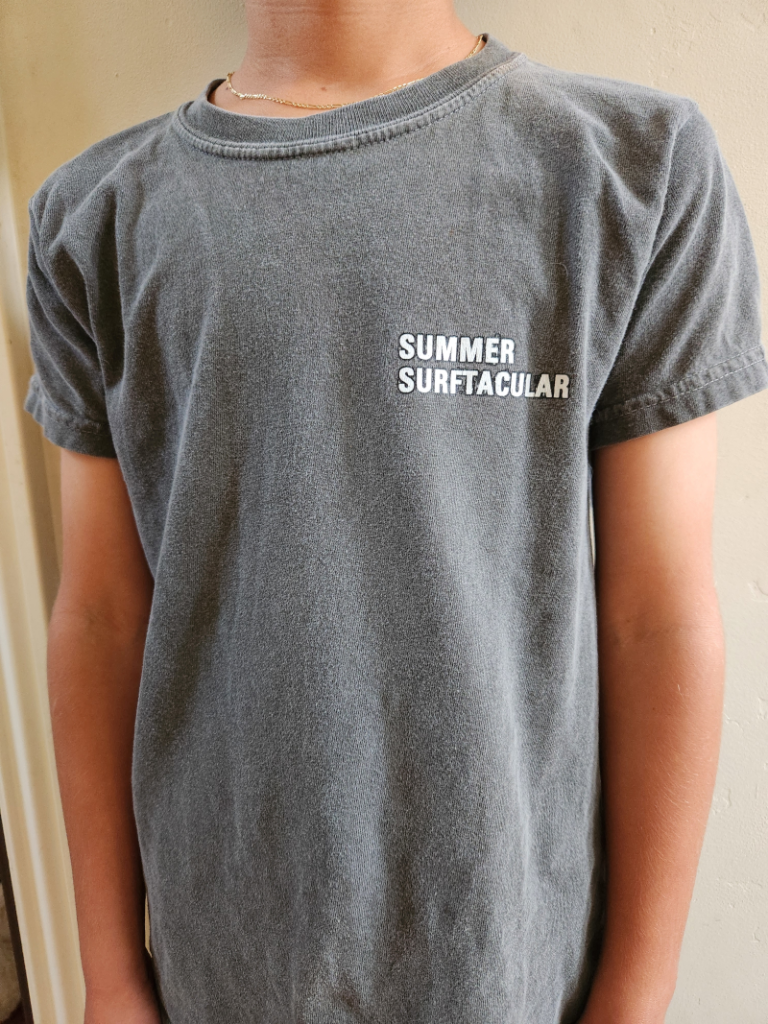
With recent developments in printing technology, if you are running an eCommerce business or even tangentially involved with print on demand, you have probably heard of transfer printing. This new up and comer in digital printing is certainly making waves due to it’s beautiful vibrant prints and its ability to print on just about any material.
Now, more than ever before, store owners are able to create apparel on demand that align with the quality that brand owners desire for their products and customers. However, as you should be, brand owners are still concerned about the results they can expect with transfer printing and how well these products will hold up overtime.
This is exactly why Apliiq has been torture testing transfer prints to identify the longevity and exactly how this printing method will degrade overtime. But before we jump into the torture testing results, let’s take a quick second to ensure we understand what transfer printing is and how it works.
What is transfer printing?
Modern transfer printing is digital printing directly onto a substrate (material) and the print is cured (dried) on that substrate, then subsequently transferred onto the garment. This is different from most digital printing that is used in print on demand, which is direct to garment printing. In direct to garment printing, ink is applied directly to the garment then cured, as opposed to an intermediary substrate.
Now that you know exactly what transfer printing is, let’s dive into our transfer print torture tests to see how transfer printing holds up under extreme use conditions.
How Does Transfer Printing Degrade Over Time?
First and foremost it’s important to understand that no print or garment will last forever, and all items will age with time. Exactly how long each garment or print will last is mostly determined by how careful you (and your customers) are with following the wash and care instructions for the garment. With that being said, let’s get down to the details of how transfer prints age over time.
Unlike direct to garment (dtg) printing that tends to fade over time, or screen printing, which tends to crack over time, the biggest degradation customers may experience with transfer printing is wrinkling or peeling, both caused by lack of adhesion as the garment ages.
Transfer printing uses a special adhesive to “glue” the print to the garment, and as the garment begins to pill, this may cause adhesion problems with the print. The good news is that modern transfer printing technology has made huge leaps and bounds with adhesion and rivals is not exceeds the durability of other printing techniques.
How Apparel Torture Tests Work
Apliiq’s torture testing is intentionally designed to expose garments to the most abuse a garment can withstand (and in many cases more), in an accelerated timeframe. These tests were conducted over 120 days by real product users and are intended to show exactly how a garment and it’s print will degrade over time.
Some of the key aspects of torture testing these products experienced:
- Leaving items in direct sun for extended periods, during the hottest part of the day, in many cases multiple days in a row.
- 50+ wash/dry cycles in standard home washing, intentionally disregarding of wash and care instructions
- Intentionally destructive behavior, like pulling and stretching.
Transfer Printing Durability Test Results
BA671 – Golf Cap With Transfer Print (70% Cotton / 30% Nylon)

c9018 – Youth Comfort Colors Pigment Dyed Shirt (100% cotton )





 Recent Posts
Recent Posts